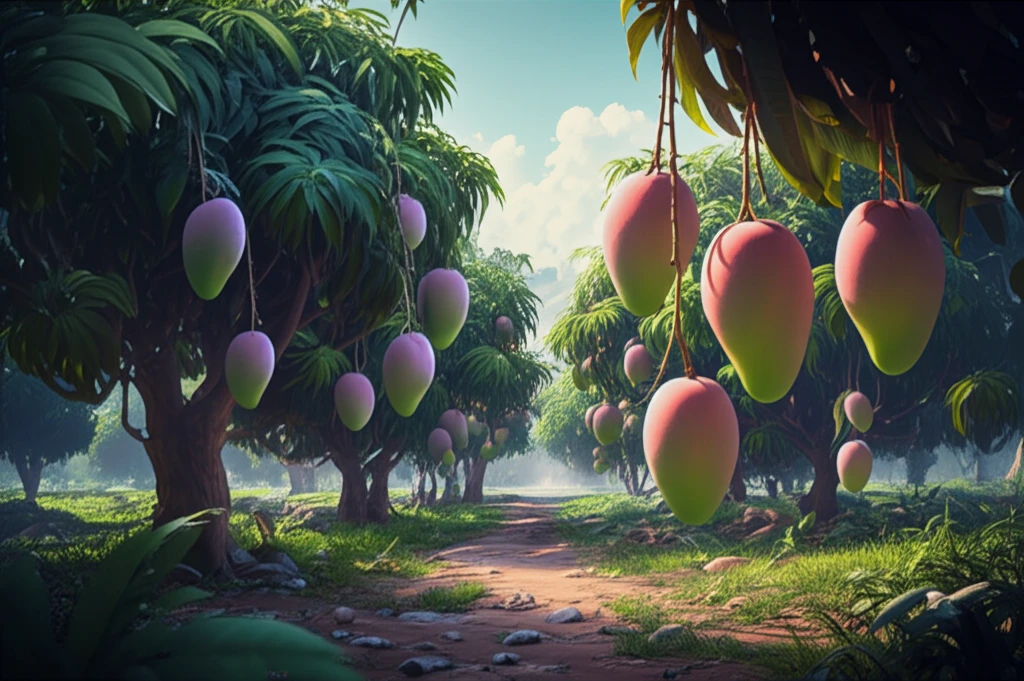
Mango Mania: Unlocking the Secrets to the Best BARI Varieties in Chittagong
"Discover the finest mangoes developed by the Bangladesh Agricultural Research Institute (BARI) and how they thrive in the unique climate of Chittagong."
Mangoes aren't just a fruit; they're a tropical treasure, celebrated worldwide for their luscious flavors, vibrant colors, and impressive nutritional value. Bangladesh, blessed with fertile lands, cultivates a diverse array of mangoes, each with unique characteristics. For those seeking the best mango experience, the varieties developed by the Bangladesh Agricultural Research Institute (BARI) stand out. These mangoes are the result of dedicated research, tailored to thrive in specific regions and offer superior quality.
Among Bangladesh's mango-growing regions, Chittagong holds a special place. Its hot and humid climate presents both opportunities and challenges for mango cultivation. This is where the BARI mango varieties truly shine, demonstrating their adaptability and exceptional performance. Understanding how these varieties fare in Chittagong's unique environment is key to unlocking the secrets of the region's best mangoes.
Whether you're a seasoned mango connoisseur or simply curious about exploring new flavors, this article dives into the world of BARI mangoes in Chittagong. We'll explore the specific qualities that make these varieties stand out, from their early flowering to their remarkable yields, and what makes them the perfect choice for the region's climate.
The Performance of BARI Mangoes in Chittagong: A Deep Dive

A study conducted at the Agricultural Research Station in Pahartali, Chittagong, from January to June 2012, evaluated five BARI-developed mango varieties: BARI Aam-1, BARI Aam-2, BARI Aam-3, BARI Aam-4 (Hybrid), and BARI Aam-8. The goal was to pinpoint the most suitable variety for the region. The findings revealed significant differences in their growth, flowering, and fruit characteristics, providing valuable insights for growers and mango enthusiasts alike.
- Flowering and Harvesting: BARI Aam-1 is the earliest, BARI Aam-8 the latest.
- Fruit Yield: BARI Aam-8 leads in fruit quantity, BARI Aam-4 in individual fruit weight.
- Edible Portion: BARI Aam-4 offers the highest edible portion.
- TSS Content: BARI Aam-3 boasts the highest TSS, indicating sweetness.
Embracing the Mango Diversity of Chittagong
The research underscores the diverse potential of BARI mango varieties in Chittagong. While BARI Aam-1 shines with its early yield and unique aroma, BARI Aam-3 and BARI Aam-8 demonstrate excellent suitability for cultivation in the region. By understanding these nuances, farmers and mango enthusiasts alike can make informed decisions, ensuring a delightful mango experience that celebrates the rich agricultural landscape of Chittagong.
